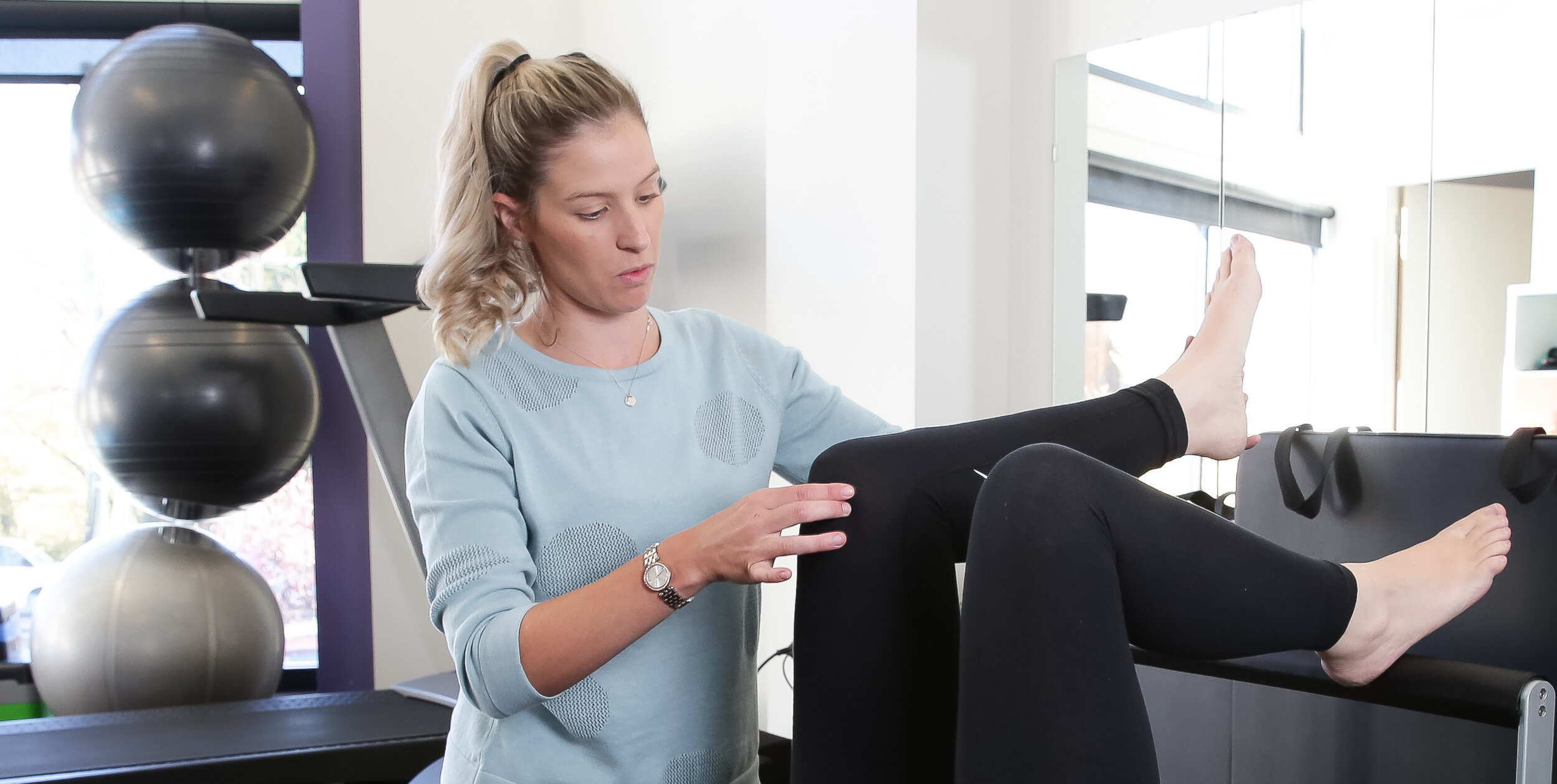Postnatal Abdominal Recovery - is it all about the gap?
The postnatal period is a critical time to protect, repair and strengthen the abdominal and pelvic floor muscles. These muscles are critical for restoring abdominal and trunk muscle length and function; and their recovery is easily overlooked whilst keeping up with the demands of a newborn.
Diastasis Rectus Abdominis (aka Diastasis Recti, tummy separation) is the separation of the 2 muscle bellies of the rectus abdominis due to widening at the Linea Alba (see picture below). There is a 100% prevalence of diastasis in pregnant women at 35weeks or more, and is an important and necessary physiological change a mothers’ body undergoes in order to accommodate their growing baby within the womb.
But what happens in the postnatal period, can the gap remain?
In the postnatal period a study from Mota et al 2018 showed that ‘normal’ rectus distance at 6 months postpartum varied from 2-2.8cm. Importantly this measurement was not 0cm – highlighting that the linea alba undergoes significant change/ widening throughout pregnancy and does resolve postnatally but not necessarily to pre-natal distance. additionally we know that up to 40% of women have ongoing going issues with diastasis at 6 months post-partum.
In the past treatment has targeted ‘closing the gap’ however we now know that closure of the gap is not necessarily required beyond the above limits. Instead we look closer at whether or not the abdominal wall and trunk musculature are functioning well as a unit!
A poorly functioning abdominal and deep core muscular unit resulting from diastasis is linked to several lumbopelvic and pelvic floor dysfunctions. Both scenarios occur due to non-optimal muscle recruitment strategies whereby the body adapts to poor abdominal wall function by up-regulating the recruitment of other muscle groups. We often see excessive ‘gripping’ of the obliques around the rib cage, overactive pelvic floor, clenching at the jaw, tensing the neck muscles or bracing the hip and thigh muscles instead.
How do physio’s treat diastasis?
A physiotherapist can thoroughly assess the function of your abdominals and deep core unit to see whether you can co-ordinate the muscle systems together and successfully transfer tensile forces across your linea alba. Recovery is so much more than how far the muscles sit apart. If you have sub-optimal recruitment of your abdominals, deep core or pelvic floor we can teach you correct muscle activation under real time ultrasound, to help tension your linea alba again.
We will encourage you to commence exercise with the prescription of an individualised exercise program to help restore your strength, control and function of the entire abdominal and trunk musculature unit. Exercise is an important part of recovery, your muscles and connective tissue need loading (ie being used) to bring about change
If you have recently had a baby, even within the last 12 months, and would like to book in for an assessment, call the clinic on (02) 48611223 or book online with our Women’s Health Physiotherapist's.
Reference: Mota et al. 2018 Normal width of the inter-recti distance in pregnant and post - partum primiparous women.

